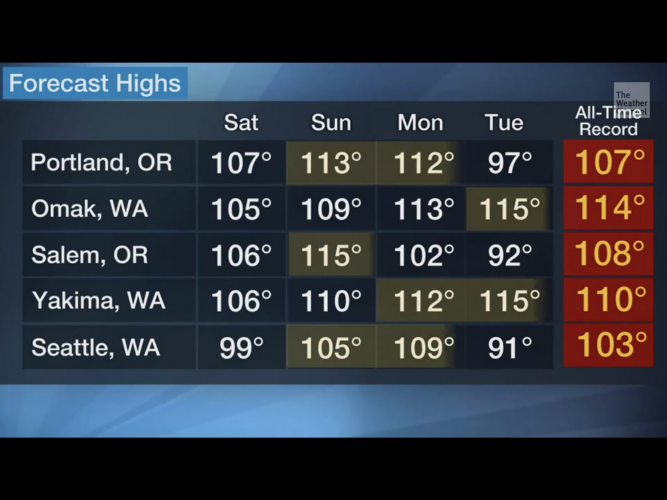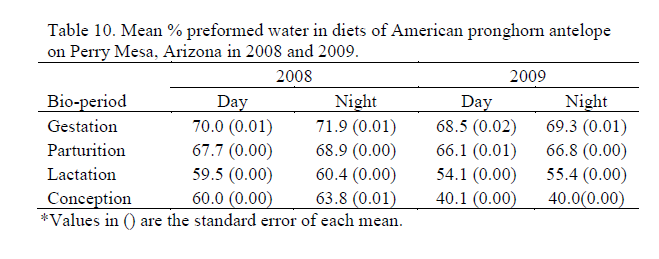Bullshot
Well-known member
Curious about this designation and it’s day to day effect on antelope, in particular in NW Colorado where it has been in this status more often than most other locations it seems. I continually check the forecasts and of course drought does not mean that it never rains (it does) but is more reflective cumulative deficits. These are always rather dry areas in the best of times, and native wildlife is resilient. So does drought affect agriculture and ranching more than say the year to year antelope herds, or is a true wild game disaster also happening out there? Like everyone, I am perplexed over the scope and duration of it, the worsening fire season, etc., but unlike with major winterkill events, the media doesn’t seem to report often or well on how drought correlates to wildlife herds (in a given location or a given year).






